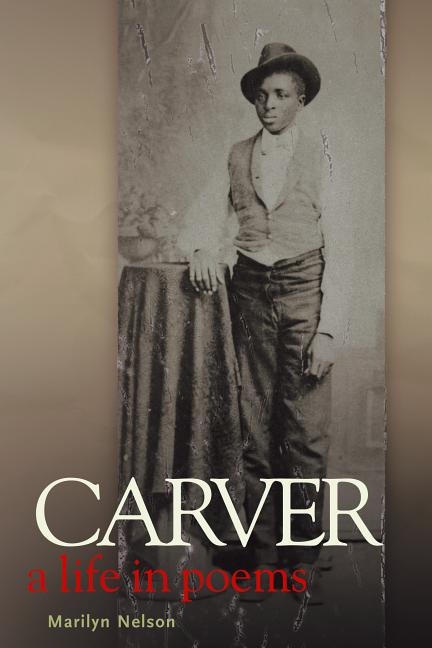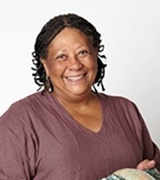Meet-the-Author Recording with Marilyn Nelson
Carver: A Life in Poems |
Marilyn Nelson introduces and shares some of the backstory for creating Carver: A Life in Poems.
Volume 90%
Press shift question mark to access a list of keyboard shortcuts
Keyboard Shortcuts
Play/PauseSPACE
Increase Volume↑
Decrease Volume↓
Seek Forward→
Seek Backward←
Captions On/Offc
Fullscreen/Exit Fullscreenf
Mute/Unmutem
Seek %0-9
Translate this transcript in the header View this transcript Dark mode on/off
This Meet-the-Author Recording with Marilyn Nelson was exclusively created in June 2009 by TeachingBooks with thanks to Front Street.



